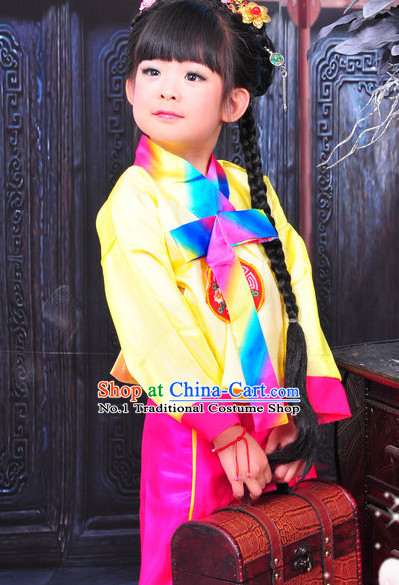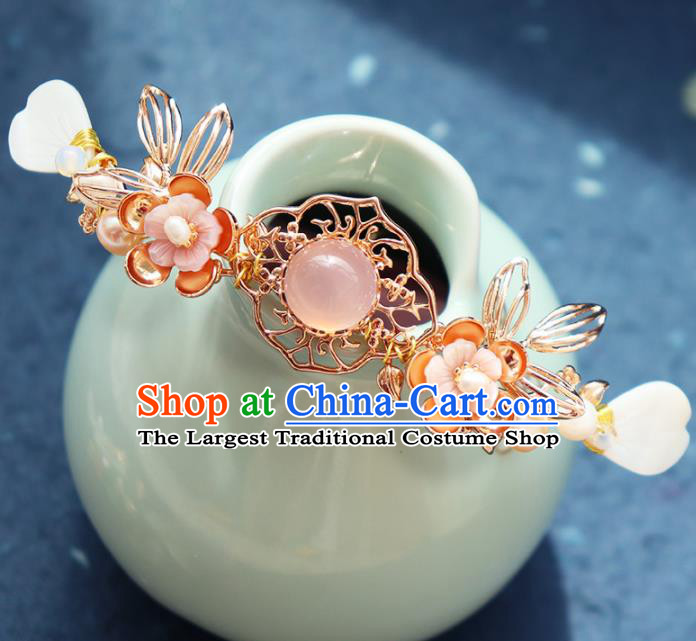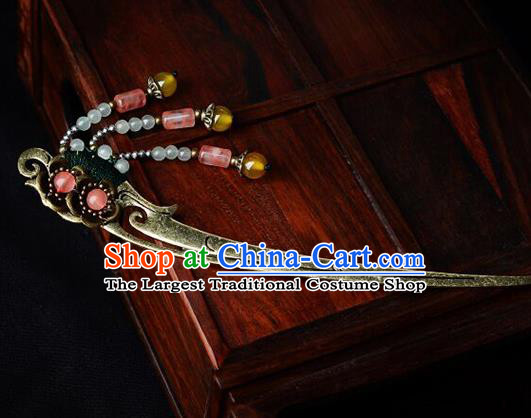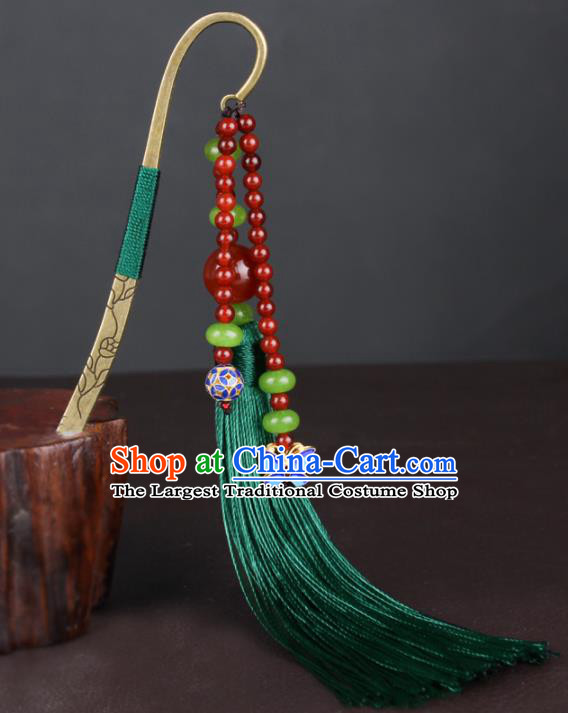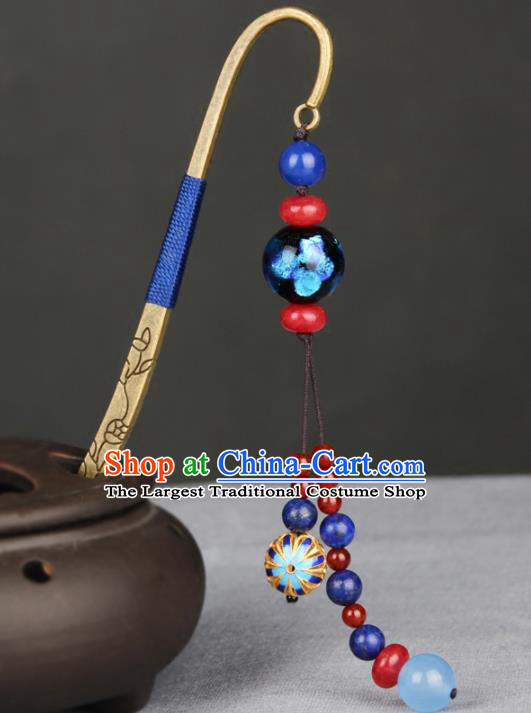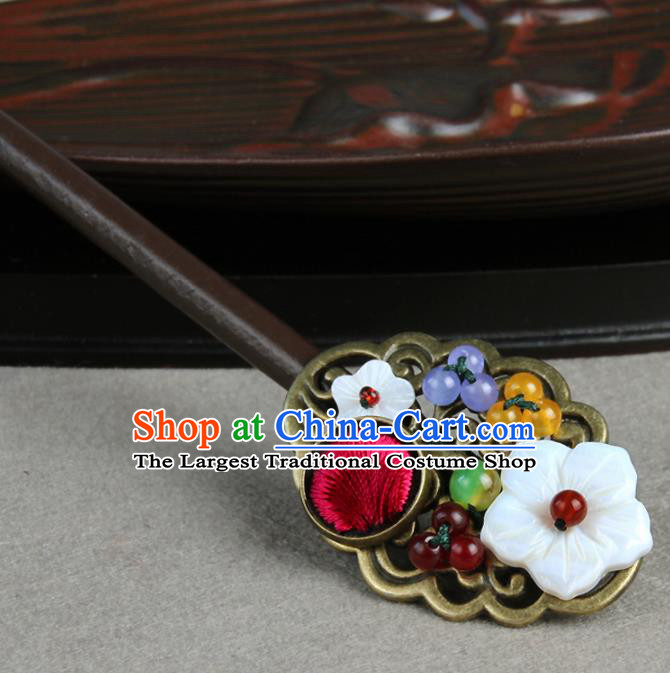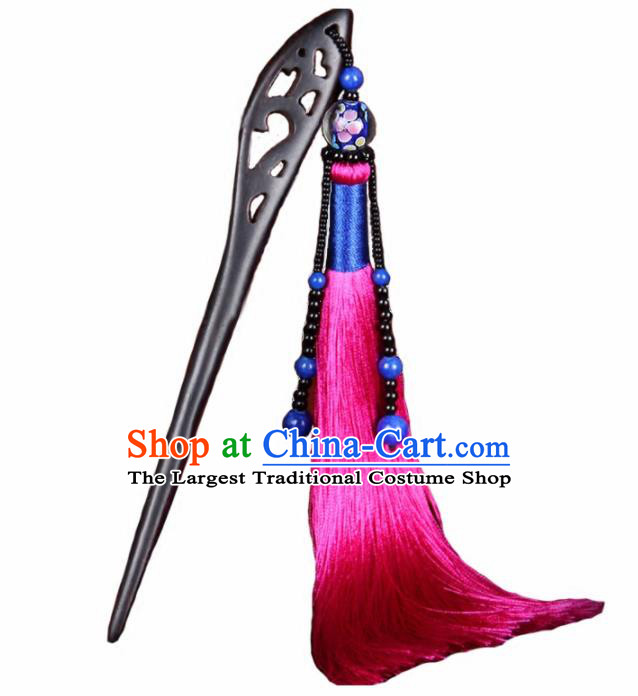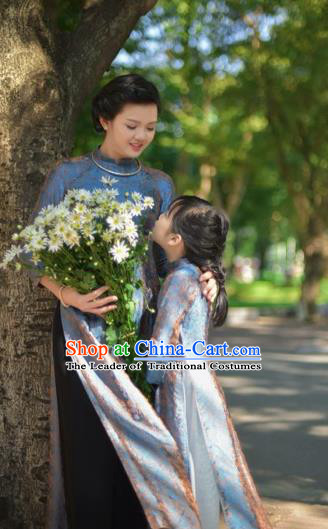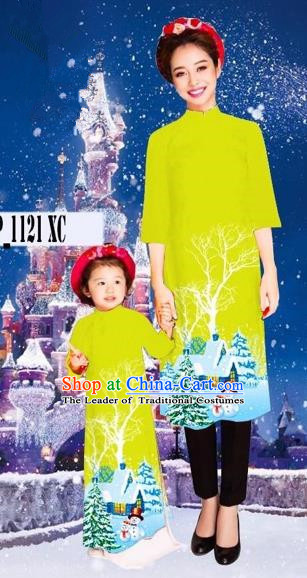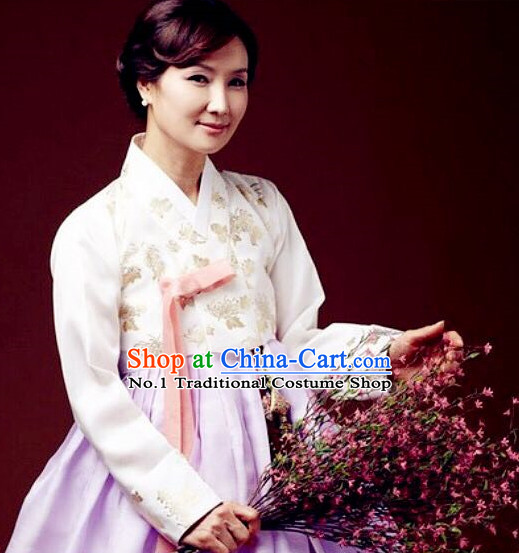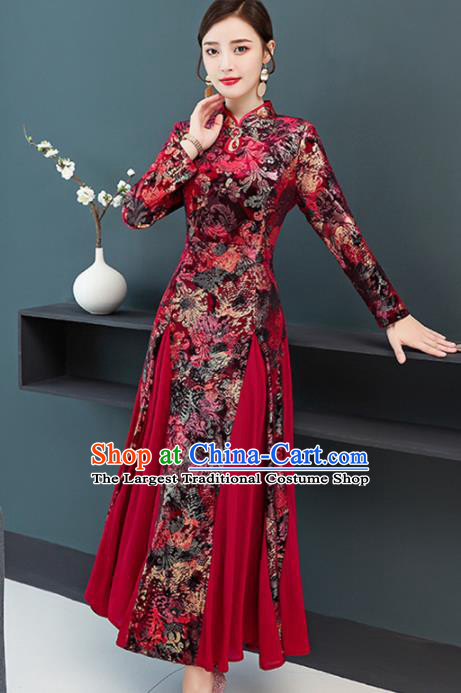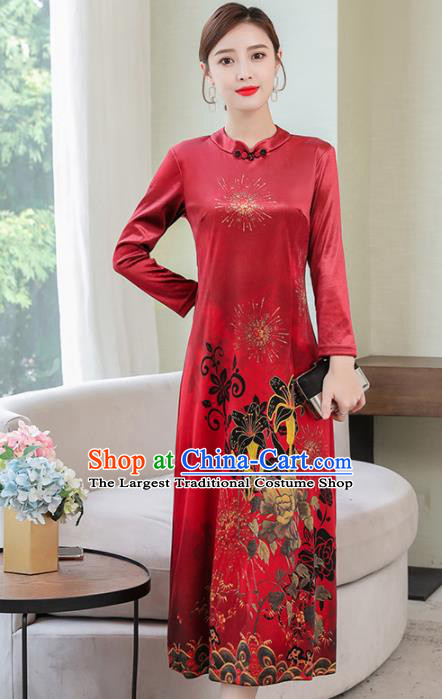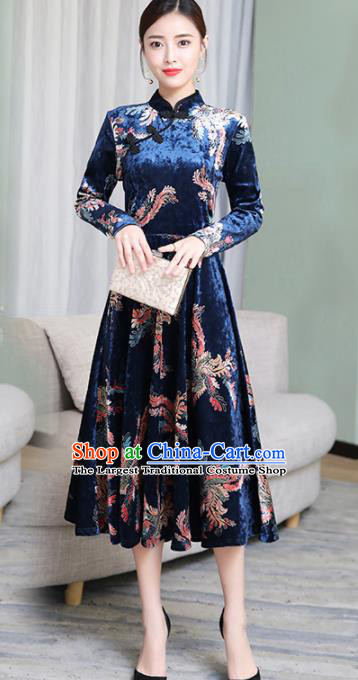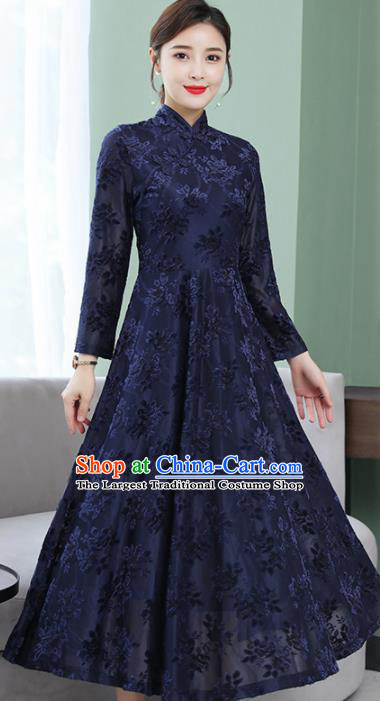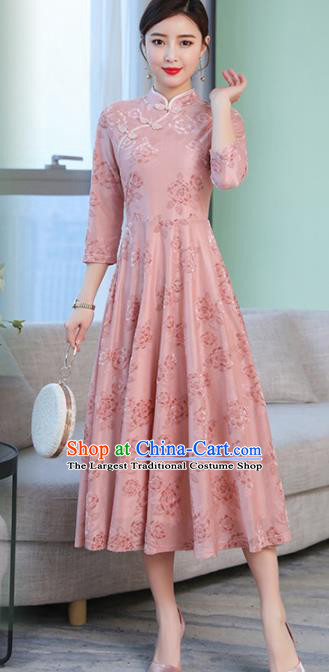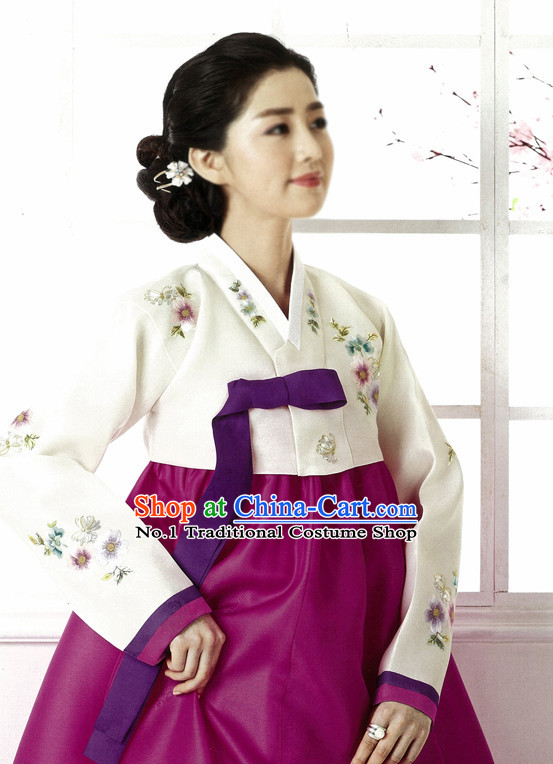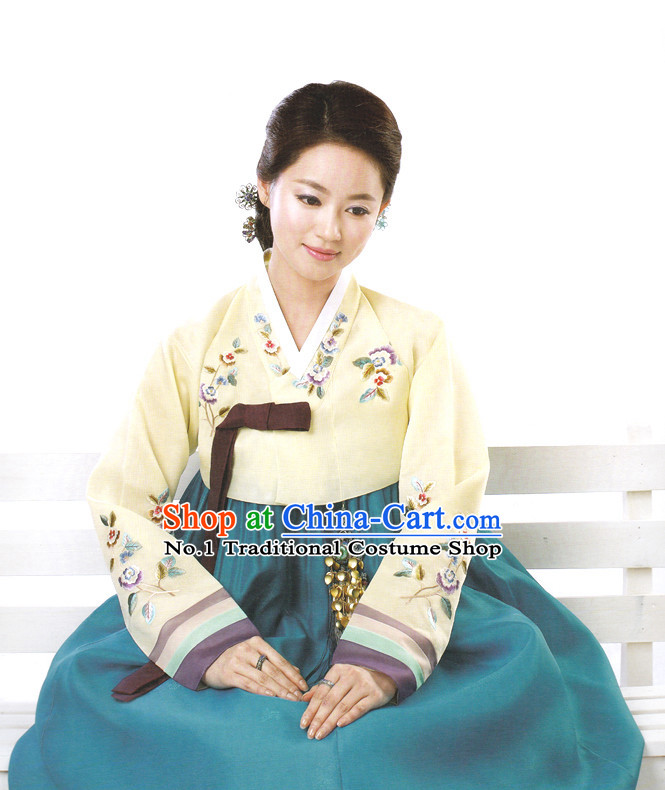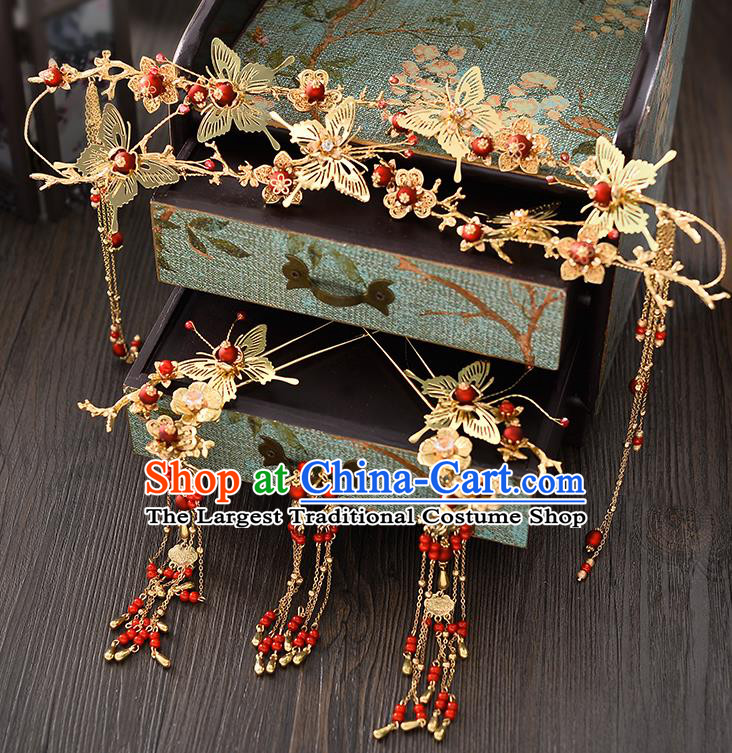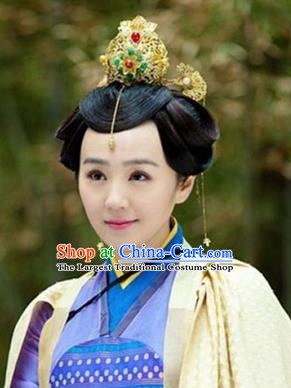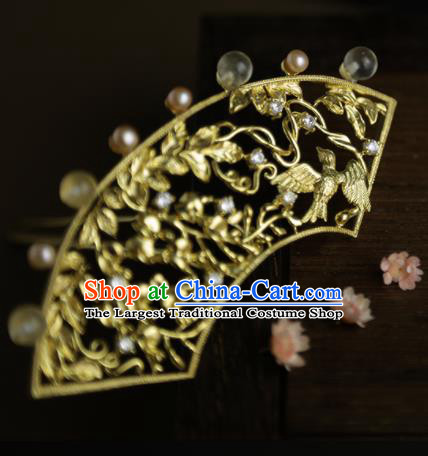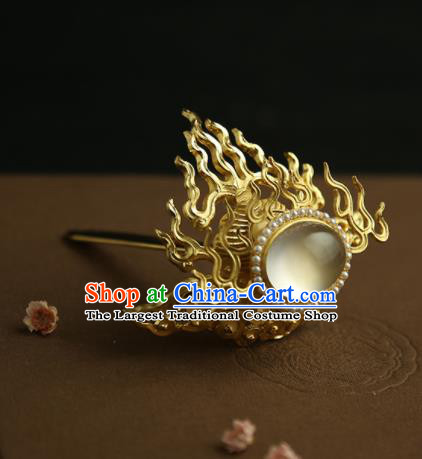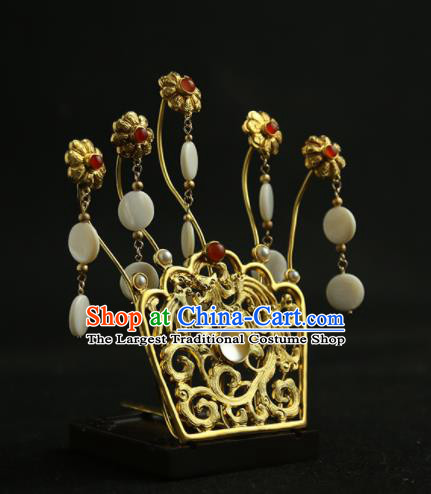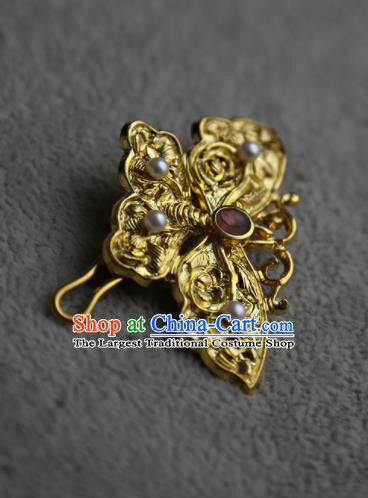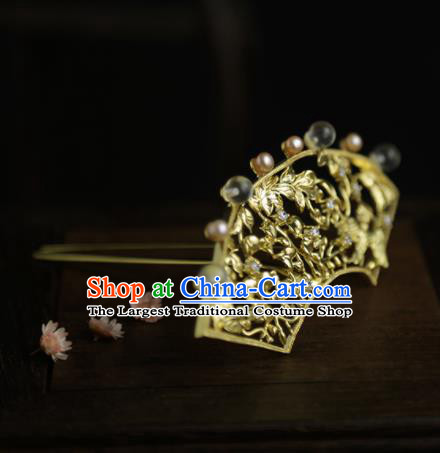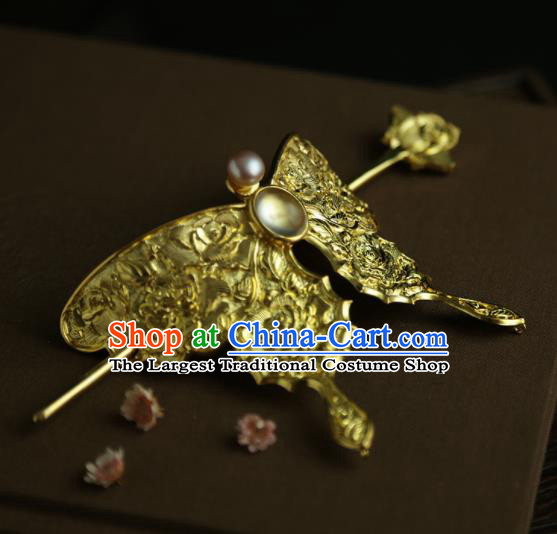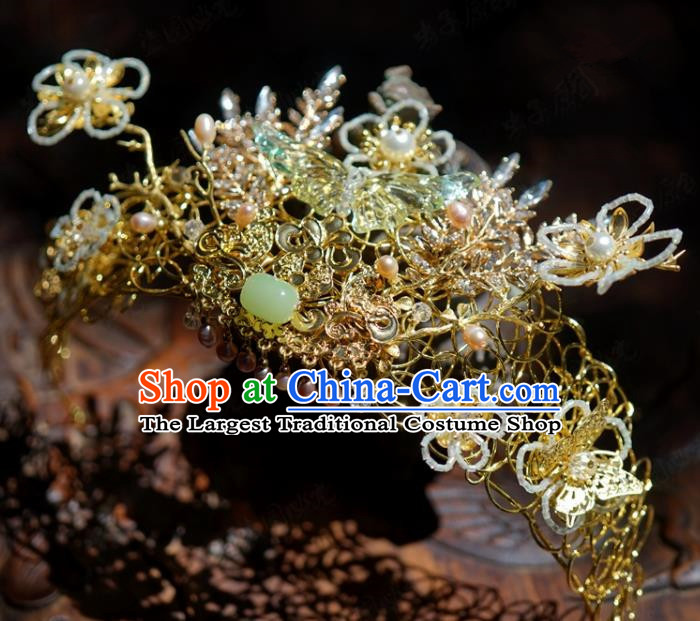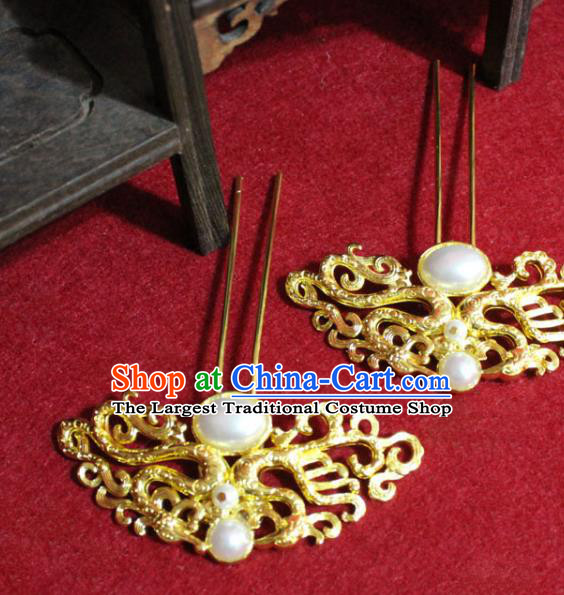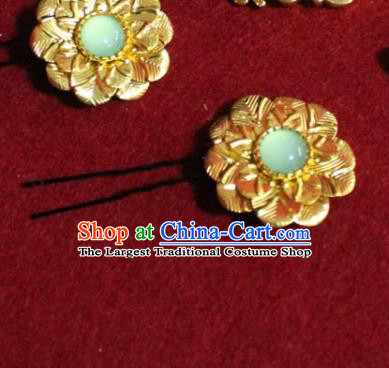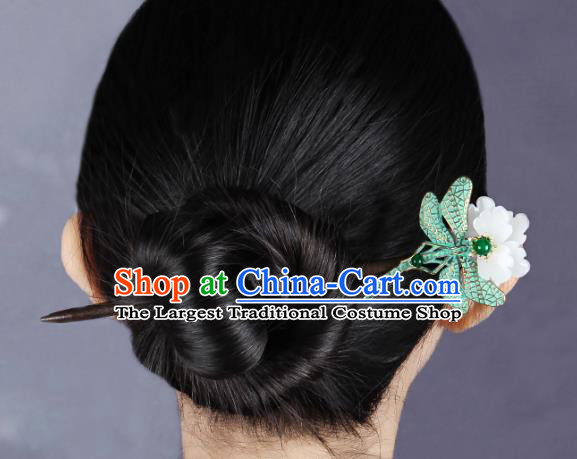
Click Related Pictures for More Audios:
Chinese traditional ethnic costumes and accessories, such as those worn by mothers and children, represent rich cultural connotations and historical significance.
These costumes and accessories showcase the aesthetic concepts, craftsmanship level, and emphasis on family harmony in ancient Chinese society.
They not only have unique artistic value but also carry cultural memories and emotional bonds passed down from generation to generation.
In mother-child costumes, we can see exquisite embroidery, gorgeous patterns, and elegant designs.
These costumes are usually made of high-quality fabrics such as silk and cotton, with bright colors and a sense of hierarchy.
Mothers' costumes may include styles such as long robes, pleated skirts, or qipao, while children wear lighter clothing such as short sleeves, shorts, or dresses.
These costumes not only reflect the elegance of women but also show the innocent and lovely image of children.
In terms of accessories, mothers' and children's hair is usually carefully combed into various shapes, such as buns, braids, or woven hairstyles.
These hairstyles can both highlight women's beauty and show the lively and cute image of children.
In addition, there are many exquisite ornaments, such as headwear, earrings, necklaces, and bracelets, which add color to the overall look.
Mother-child costumes and accessories reflect the family concept and values of ancient Chinese society.
In that era, the family was the basic unit of society, with filial piety being paramount.
Through meticulously designed mother-child costumes and accessories, people express their yearning for family harmony and a happy life.
This culture has been passed down to this day and still plays an important role in modern life, becoming an important part of traditional Chinese culture.
